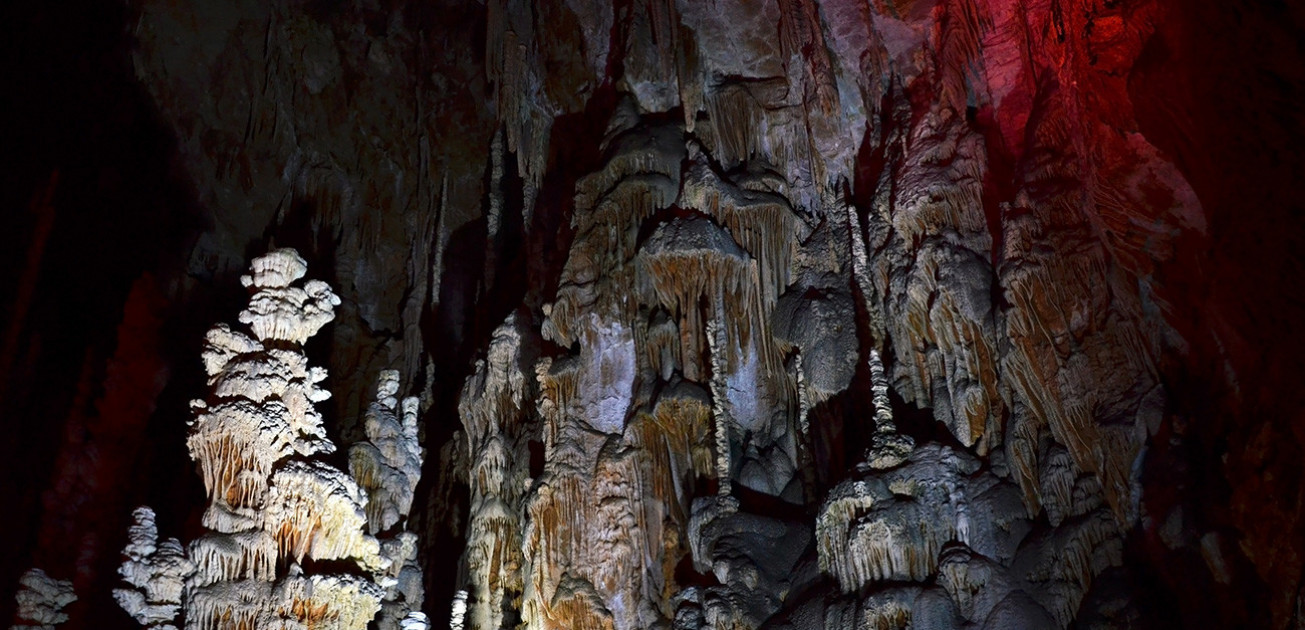


"Our world’s caves are places of wonder, mystery and majestic beauty. Show caves around the world are embracing their role in protecting and preserving caves and providing a place for people to learn about these special, natural, cultural and historical resources.
Show caves also play another important nature tourism role of sustainable economic development, providing jobs, and helping the economy of their regions.”
| Name: | INTERNATIONAL CONGRESS on “SCIENTIFIC RESEARCH IN SHOW CAVES” |
|---|---|
| Type of event: | Other events |
| Organiser: | Grotta Gigante, Park Skocjan Caves, Karst Research Institute ZRC SAZU, University of Triest |
| Date: | 13. September 2012 - 15. September 2012 |
| Country: | Slovenia, Italy |
| Place: | Skocjan Caves |
The goal of the three days meeting is to present and share different approaches of researching in the show caves and to discuss the result and possible measures to improve the management in show caves. Other discussion: lampenflora, human impact, hydrology, chemical and physical parametrs in show caves, biodiversity . The official language is English. The papers will be published in Acta Carsologica. Guide book and Abstract to download below.
The Congress will focus on scientific research in show caves. Show caves are a special underground environment with the natural processes characteristic of caves, but with additional human impacts that provide significant common problems and research opportunities. Usually, their infrastructure offers scientists better conditions for research because the many pathways as well as electrical and optical illumination enable easier access and charging of scientific instruments.
Show caves are convenient for studying both natural processes and the human impact. The direct human impact is considerably higher in show caves with several hundred thousand visitors per year or in small passages open to the public. What is the human impact, how is it measured, what approaches are available to minimise it – these are just a few questions to be considered. Human impact on cave biodiversity and its consequences for the cave environment, including lampenflora, will also be discussed. The goals of the meeting are to present and share different research approaches in show caves and to discuss the results and measures needed to improve the management of show caves.
We invite show cave managers, scientists who are involved in research in show caves and other interested experts to participate.